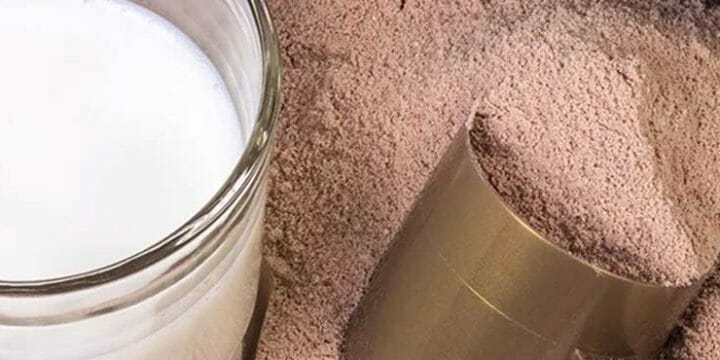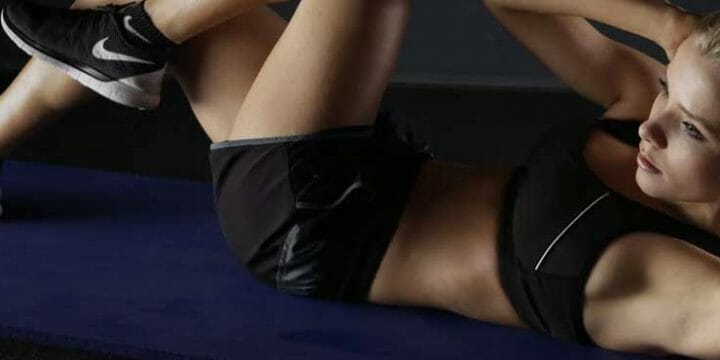The trapezius muscles form the rippling peaks of a finely-tuned back, and they deserve a spot on your hit list of muscles to work out if you want a great physique.
As a seasoned fitness trainer, I've researched and tested numerous exercises to sculpt powerful muscles. From this, I’d like to share with you the best trap exercises to add to your training regimen.
What sets these exercises apart, and how do they revolutionize your workout routine?
Quick Summary
- The best trapezius muscle exercises include the barbell deadlift, trap bar deadlift, barbell shrug, rack pull, upright row, face pulls, single-arm dumbbell row, prone press, and farmer walks.
- Regular exercises for the traps can help prevent neck and shoulder pain, improve posture, and enhance upper body strength and power.
- According to the National Institutes of Health, exercises like the barbell deadlift with a load of a maximum of 65% to 85% not only strengthen the trapezius but also improve overall upper body strength and posture.
- In my opinion, regularly performing a variety of trapezius exercises is essential for achieving a balanced and powerful upper body, especially for those involved in strength sports.
Best Exercises for Your Trapezius Muscles
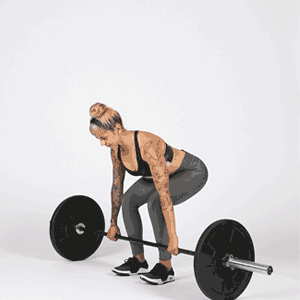
After countless hours observing clients, I’ve zeroed in on the best exercises to target the trap muscles.
My research and observation yielded a collection of ten tried-and-true exercises, each designed to sculpt, shape, and strengthen the trapezius.
“Strengthening my trapezius muscles helped me heal from a thoracic spine fracture. Plus, it keeps my posture correct! Love the traps!”
- Cary Tracy, Medical Sales Representative
1. Barbell Deadlift
Based on a study published by the National Institutes of Health (NIH), the barbell deadlift is a full-body exercise that strengthens multiple muscle groups, including upper trap muscles, back, legs, and core [1].
This popular exercise that can increase muscle hypertrophy and general strength.
It helps you build and maintain an upright posture, increases strength, enhances stability, and develops a more defined upper back.
Here’s how to safely perform a barbell deadlift:
- Stand in front of the barbell with feet about shoulder-width apart.
- Bend at the hips and lower your torso until you can reach the bar.
- Grab the bar with a double-overhand grip.
- Grasp the bar and stand up straight while lifting it with a firm grip, keeping the glutes and hamstrings engaged.
- Pause at the top, and lower the bar back to the ground, keeping your legs engaged throughout the movement.

2. Trap Bar Deadlift
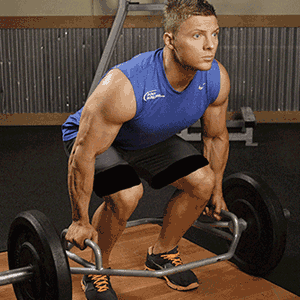
After putting it to the test, I discovered that the trap bar deadlift is excellent for challenging the traps in maintaining stability and control, especially with heavy weights.
The design helps trap bar exercises reduces spine load when exercising and helps bring more variety to your training.
It increases strength and builds muscle mass in the upper back, neck, and shoulders.
Here’s how you can do them:
- Stand inside the quality home gym trap bar with your feet shoulder-width apart.
- Grip the bar with an overhand grip, keeping both arms straight.
- Drive the hips forward with your back straight, and lift the bar off the ground.
- Extend your hips and knees, standing with the bar in front of your thighs.
- Lower the bar while maintaining control and back straight.
3. Shrugs
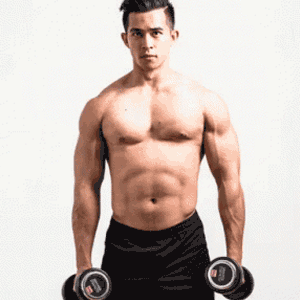
Shrugs are simple isolation movements performed with a barbell or dumbbell known for building wide shoulders.
The exercise involves lifting the shoulders upward and holding the contraction for a moment before lowering them back down.
Here’s how you do them:
- Hold a weight in each hand.
- Lift your shoulders straight up towards your ears, keeping the chest up and core engaged.
- Hold the top position for a moment, then lower the weights.
4. Rack Pull
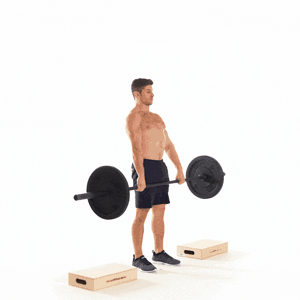
Rack pull targets the upper back and trap muscles with a barbell lifted from below knee level to hips.
They focus on the upper part of a deadlift movement for more significant trapezius overload.
Here’s how you do them:
- Grab the barbell in a squat rack at knee height.
- Stand facing the bar, feet forward.
- Use a mixed or overhand grip on the bar.
- Lift the bar off the rack with a straight back, chest up, and head forward.
- Tighten your back at the top of the movement, then lower the bar.
5. Upright Row
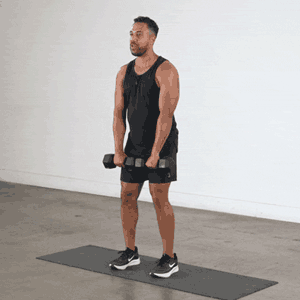
The upright row using cables or dumbbells is another effective exercise for targeting the trapezius.
This exercise primarily works the upper and middle traps and the levator scapulae around the shoulder blades.
Here’s how to do them:
- Stand with your feet shoulder-width apart and hold a barbell in front of your thighs.
- Raise the bar straight towards your chin, keeping elbows close to the body.
- Pause at the top, then lower the bar back.
 6. Face Pulls
6. Face Pulls
My investigation demonstrated that face pulls are exceptionally effective for strengthening upper body muscles, especially the traps and rhomboids, as we've consistently seen in our training sessions.
It’s among the best trap exercises because it’s not only very effective, but it also helps improve posture, reduces the risk of shoulder injuries, and prevents muscle imbalances.
Here’s how you do them:
- Stand in front of the cable machine, grab the rope attachment, and step back for tension.
- Pull the rope towards your face with elbows up and out.
- Squeeze shoulder blades, then release tension to return to starting position.
7. Single-Arm Dumbbell Row
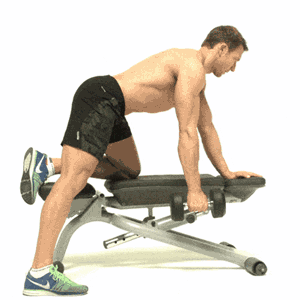
Performing single-arm dumbbell rows can help improve overall strength and stability in the upper back, enhance posture, and alleviate discomfort from tight trapezius muscles.
Here’s how to do them:
- Stand with your right knee and hand on a bench, your left foot on the floor.
- Hold a dumbbell with your left hand, keeping your back straight and core engaged.
- Lift the weight towards your side with your elbow close to your body.
- Lower the weight back, switch sides and repeat for desired reps.
8. Dumbbell Prone Press
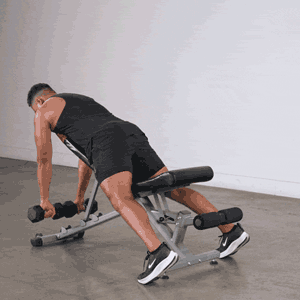
Dumbbell prone press works the upper portion of the trapezius, helping you build strength and improve posture.
Incorporating it into your workout routine can enhance the overall health and appearance of your back and neck.
Here’s how to do them:
- Lie on a flat bench with your chest facing down.
- Hold a dumbbell in each hand with your arms extended out.
- Slowly lift the weights towards your shoulders.
- Once the weights are at shoulder level, pause, then lower them back down.
9. Barbell Overhead Carry
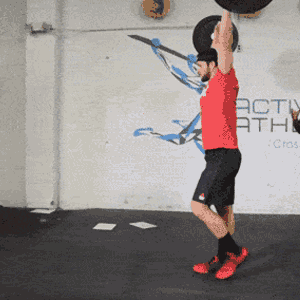
The barbell overhead carry involves holding a barbell over your head with both hands, keeping your core tight and your body straight as you walk for a designated distance.
It’s an excellent powerlifting workout that builds strength, balance, and stability.
Here’s how you do it:
- Load a barbell onto the squat rack or use a pre-loaded bar.
- Grip the bar with palms facing forward.
- Lift the bar overhead, locking both your arms and keeping your core tight.
- Walk the designated distance with a straight body and overhead bar.
- Lower the bar back to the starting position with control.
 10. Farmer Walks
10. Farmer Walks
Farmer walks are performed by grabbing a heavy weight in each hand and walking for a designated distance, keeping the weights close to the body and the shoulders back.
The exercise targets the traps, shoulders, biceps, and grip strength.
Here’s how you do them:
- Grab dumbbells or kettlebells in each hand.
- Stand with your feet shoulder-width apart.
- Engage your core and keep your shoulders back.
- Walk for a designated distance, keeping the weights close to your body.
Anatomy of the Trapezius Muscles
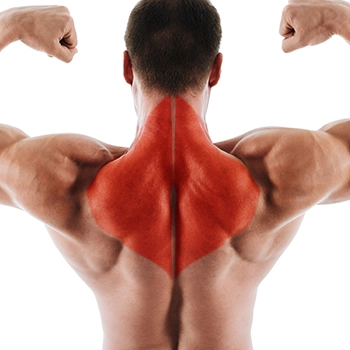
The traps are large, triangular-shaped muscles that run on the upper back from the skull, down the spine, and spread out over the shoulder blades.
Based on a study published by the National Institutes of Health (NIH), there are three components of the trapezius muscle:
- Superior - This portion of the muscle attaches to the skull (external occipital protuberance and superior nuchal line) and neck (ligamentum nuchae).
- Middle - This portion attaches to the upper part of the spinous processes of C7-T12.
- Inferior - This portion attaches to the lower part of C7-T12 [2].
With their broad reach and strong fibers, the upper, middle, and lower traps are responsible for lifting, rotating, and stabilizing the shoulder blades, making them critical players in upper-body movements.
Benefits of Working Your Traps
The benefits of working your trapezius muscles go beyond just appearance. According to a study published by the National Institutes of Health (NIH), strengthening the traps can improve posture and reduce neck and shoulder pain, as it helps to balance the muscle tone between the front and back of the neck [3].
“A tight trapezius can limit neck and shoulder movements and affect how the shoulder blade moves.”
- Jörgen Forsberg , Director of Select Physio
Per a study published by the National Institutes of Health (NIH), engaging the trapezius in resistance training exercises can increase upper body strength and power output, making it a critical muscle to target for achieving an athletic build [4].
Related: Middle Trap Exercises
Safety Precautions

When working your traps, safety should always come first.
Here are a few precautions to keep in mind when performing your ultimate trap workout:
- Warm up with dynamic stretching and light cardio to get your muscles ready to work.
- Good form is vital to get the most out of your exercises. Make sure you have a coach or trainer check your form if necessary.
- Start with lighter weights and gradually increase as you become stronger.
- Slow movements will help you engage the right muscles and prevent injury.
- Make sure to listen to your body and give yourself rest days in between trapezius workout sessions.
Enhancing Your Back Workouts
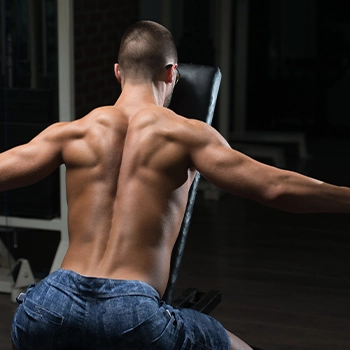
If you want to enhance your back workouts, it’s essential to focus on form and technique, increase weight gradually, and vary your exercises.
Incorporating a mix of compound exercises like pull-ups and rows will challenge different muscle fibers and help build a stronger, more defined back.
Additionally, accessory exercises such as face pull, external rotations, and scapular retraction can help target smaller stabilizing muscles and prevent imbalances.
FAQs
What Is the King of Trap Exercises?
The barbell shrug is the “king of trap exercises.” This exercise isolates the upper, middle, and lower traps and has been proven effective in strengthening and building mass in the traps.
Do Traps Respond Better to High Reps?
Traps do respond better to high reps for most people. However, some people may find that low reps are more effective.
How Many Times a Week Should I Train Traps?
Train your traps two to three times a week, with 1–3 sets of 8–12 reps for each exercise. Maintain good form and give adequate recovery time between workouts.
How Do You Target Upper Traps?
To target upper traps, perform exercises like dumbbell shrug, rack pulls, face pulls, and upright rows. Incorporating upper back and neck exercises can also help strengthen the upper traps.
How Do You Strengthen a Weak Trapezius?
To strengthen a weak trapezius, perform shrugs, dumbbell overhead carry, upright rows, multiple sets of the dumbbell lateral raise, face pulls, and seated dumbbell presses two to three times a week.
Should You Train Traps With Shoulders or Back?
You should train your traps with shoulders to improve shoulder stability and posture. But if you want a stronger and more balanced back, train traps with your back.
How Do You Isolate Upper Traps?
To isolate the upper traps, perform barbell shrugs, face pulls, and upper trap raises. Keep your shoulders back and down. Focus the movement on elevating your traps, not your shoulders.
Get the Best Out of Your Trapezius Workouts
Building traps requires both exercise and proper supplementation. We recommend using a high-quality protein powder to enhance your trapezius muscle development further.
We have researched and tested various supplements and can confidently say these protein powders can help you overcome muscle growth plateaus and achieve your desired physique.
Take a look at our selection and pick one that aligns with your fitness objectives.
References:
- www.ncbi.nlm.nih.gov/pmc/articles/PMC6342300/
- https://www.ncbi.nlm.nih.gov/books/NBK542313/
- https://www.ncbi.nlm.nih.gov/pmc/articles/PMC3985383/
- https://www.ncbi.nlm.nih.gov/pmc/articles/PMC3953472/
About The Author
You May Also Like

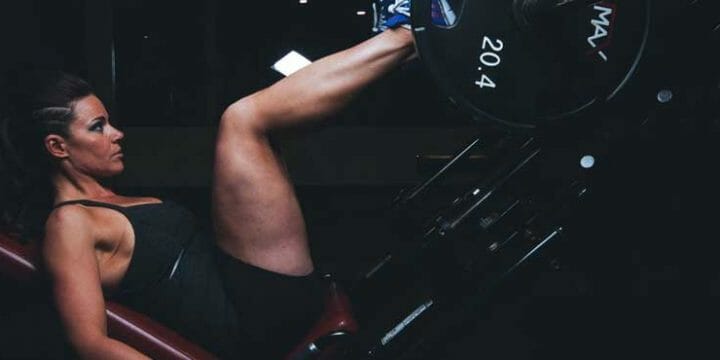
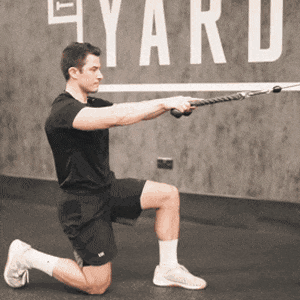 6. Face Pulls
6. Face Pulls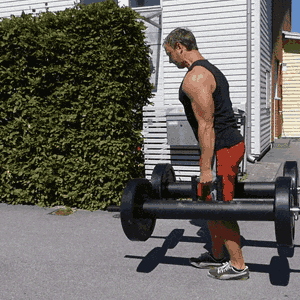 10. Farmer Walks
10. Farmer Walks

